Geometric Sequence Study Guide
What is a Geometric Sequence?
A geometric sequence is a sequence of numbers in which each term after the first is found by multiplying the previous term by a fixed, non-zero number called the common ratio. The general form of a geometric sequence is:
a, ar, ar^2, ar^3, ..., where a is the first term and r is the common ratio.
Finding the nth Term of a Geometric Sequence
The nth term of a geometric sequence can be found using the formula:
an = a * r^(n-1), where an is the nth term, a is the first term, r is the common ratio, and n is the term number.
Finding the Sum of the First n Terms of a Geometric Sequence
The sum of the first n terms of a geometric sequence can be found using the formula:
Sn = a * (1 - r^n) / (1 - r), where Sn is the sum of the first n terms, a is the first term, r is the common ratio, and n is the number of terms.
Common Ratio
The common ratio (r) is the ratio between consecutive terms in a geometric sequence. It is found by dividing any term by the previous term. The common ratio is an important factor in determining the behavior of a geometric sequence.
Example
For example, if the first term (a) of a geometric sequence is 3 and the common ratio (r) is 2, then the sequence would be:
3, 6, 12, 24, 48, ...
Conclusion
Understanding geometric sequences and how to find the nth term and the sum of the first n terms is important for various mathematical and real-world applications. Practice solving problems and working with geometric sequences to solidify your understanding of the topic.
Summary
- A geometric sequence is a sequence of numbers where each term after the first is found by multiplying the previous term by a fixed non-zero number called the common ratio.
- The nth term of a geometric sequence can be found using the formula: an = a * r^(n-1).
- The sum of the first n terms of a geometric sequence can be found using the formula: Sn = a * (1 - r^n) / (1 - r).
- The common ratio (r) is the ratio between consecutive terms in a geometric sequence.
◂Math Worksheets and Study Guides Fourth Grade. Measurement

 Activity Lesson
Activity Lesson
 Activity Lesson
Activity Lesson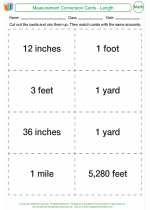
 Activity Lesson
Activity Lesson
 Worksheet/Answer key
Worksheet/Answer key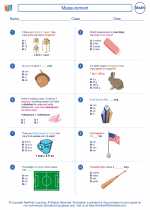
 Worksheet/Answer key
Worksheet/Answer key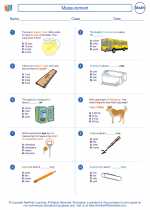
 Worksheet/Answer key
Worksheet/Answer key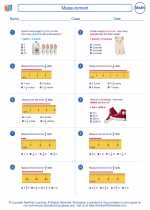
 Worksheet/Answer key
Worksheet/Answer key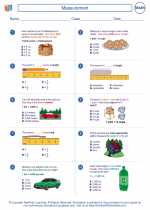
 Worksheet/Answer key
Worksheet/Answer key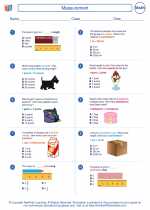
 Worksheet/Answer key
Worksheet/Answer key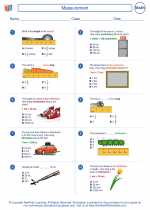
 Worksheet/Answer key
Worksheet/Answer key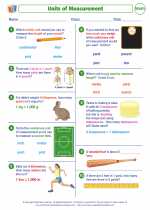
 Worksheet/Answer key
Worksheet/Answer key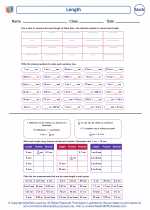
 Worksheet/Answer key
Worksheet/Answer key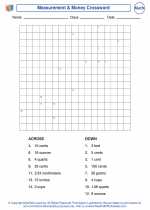
 Worksheet/Answer key
Worksheet/Answer key
 Vocabulary/Answer key
Vocabulary/Answer key
 Vocabulary/Answer key
Vocabulary/Answer key
 Vocabulary/Answer key
Vocabulary/Answer key
